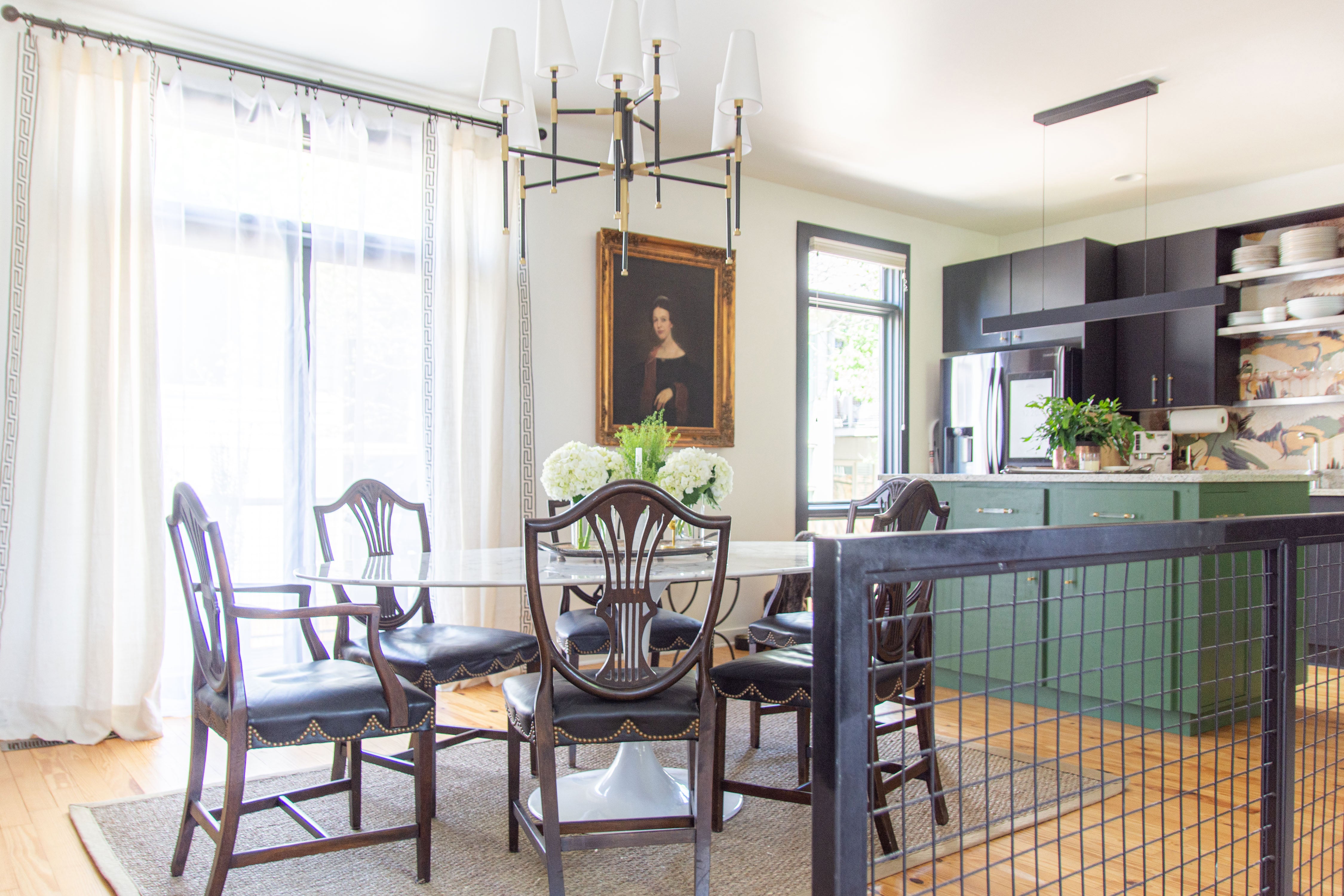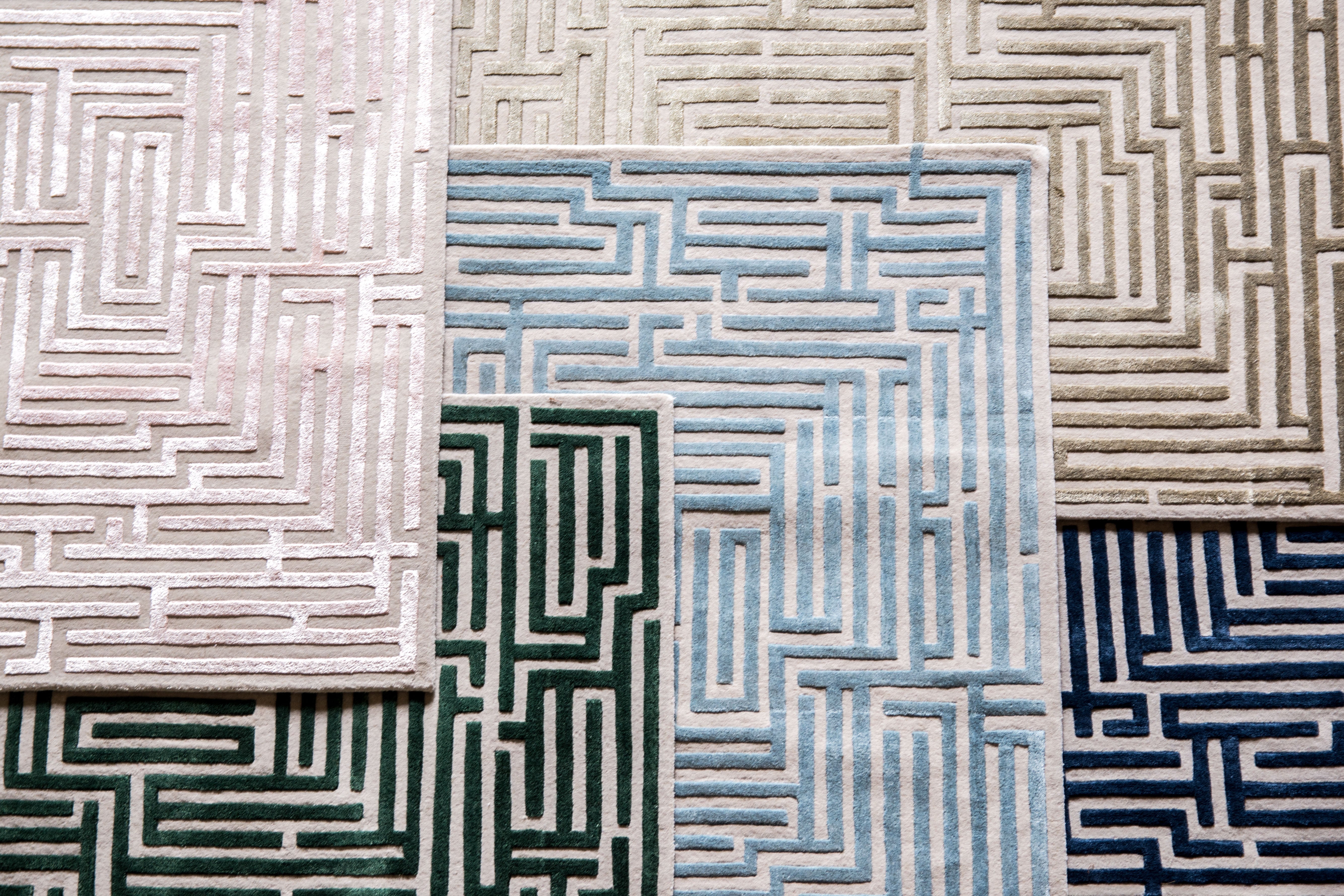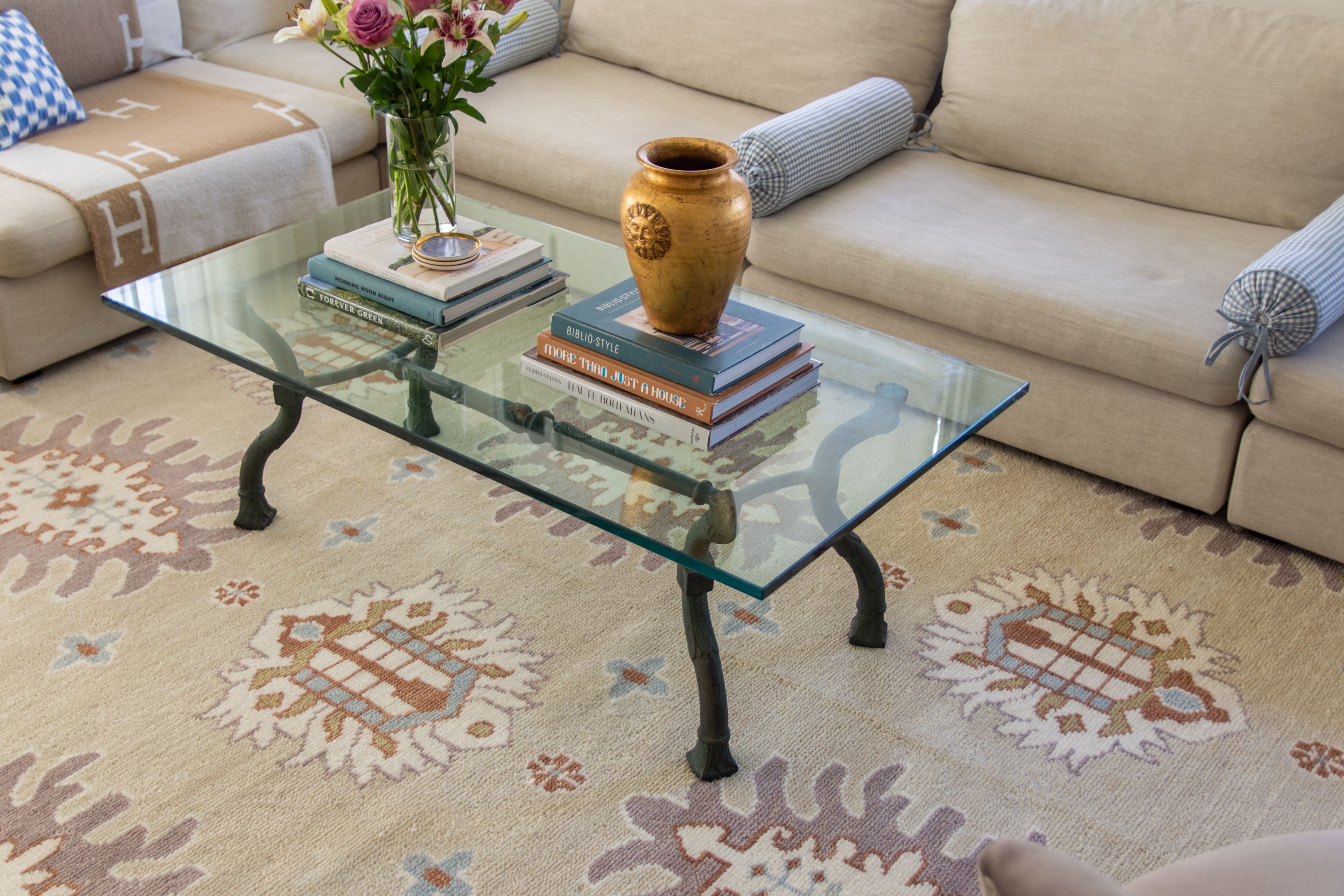Timber Frame Pavilion vs. Traditional Structures: A Comparative Analysis of Costs and Benefits
Timber frame pavilions and traditional structures have long been popular choices for outdoor living spaces, each offering unique advantages and considerations.
In this article, we will delve into a comparative analysis of the costs and benefits of timber frame pavilions versus traditional structures, helping you make an informed decision for your outdoor space.
Understanding Timber Frame Pavilions
Timber frame pavilions are outdoor structures typically made from large wooden beams and posts. They are known for their sturdy construction, timeless aesthetic, and versatility in design.
Here are some key aspects to consider when comparing timber frame pavilions with traditional structures:
1. Construction Costs
One of the primary considerations when choosing between a timber frame pavilion and a traditional structure is the initial construction cost. Timber frame pavilions often require skilled craftsmanship due to the precise joinery and assembly of wooden components.
This can result in higher upfront costs compared to traditional structures, which may use materials like steel, concrete, or brick that are easier to work with and require less specialized labor.
2. Long-Term Durability
While the initial cost of a timber frame pavilion may be higher, it offers excellent long-term durability. Wood is naturally resistant to corrosion and can withstand various weather conditions when properly maintained.
Additionally, timber frame structures have a timeless appeal and can last for generations with regular care and maintenance, making them a worthwhile investment over time.
3. Customization and Design Flexibility
One of the standout benefits of timber frame pavilions is their customization and design flexibility. These structures can be tailored to suit your specific preferences, whether you prefer a rustic, traditional look or a more modern design.
The beauty of timber frame construction lies in its ability to combine functionality with aesthetic appeal, allowing you to create a unique outdoor space that reflects your style and needs.
4. Maintenance Requirements
In terms of maintenance, timber frame pavilions require regular upkeep to ensure their longevity and appearance.
This includes inspecting and treating the wood for pests, applying protective coatings or stains to prevent weathering, and addressing any structural issues promptly. While maintenance tasks may add to the overall cost of ownership, they are essential for preserving the beauty and structural integrity of your timber frame pavilion.
Comparing with Traditional Structures
Now, let's compare timber frame pavilions with traditional structures, such as pergolas, gazebos, or outdoor rooms made from different materials:
1. Cost Considerations
Traditional structures made from materials like aluminum, vinyl, or composite materials may have lower initial costs compared to timber frame pavilions.
However, they may lack the timeless appeal and durability of wood, requiring more frequent repairs or replacements over time. It's essential to weigh the upfront savings against long-term maintenance and replacement expenses when choosing between these options.
2. Aesthetic Appeal
While traditional structures offer a range of design options, they may not match the natural beauty and warmth of timber frame pavilions.
Wood has a unique charm that enhances outdoor spaces, creating a welcoming atmosphere for relaxation and gatherings. If aesthetics are a priority, timber frame pavilions often stand out as a premium choice.
3. Environmental Impact
Another aspect to consider is the environmental impact of your choice. Timber frame pavilions, when sourced from sustainably managed forests, can be an eco-friendly option.
Wood is a renewable resource that sequesters carbon, contributing to a more sustainable outdoor living solution compared to materials that require energy-intensive manufacturing processes.
4. Return on Investment
In terms of return on investment (ROI), timber frame pavilions can add significant value to your property. They are considered desirable features that enhance curb appeal and outdoor living functionality, potentially increasing the resale value of your home.
Traditional structures may offer ROI benefits as well but may not have the same timeless appeal and durability as timber frame pavilions.
Conclusion
To sum up, the choice between a timber frame pavilion and a traditional structure depends on your priorities, budget, and long-term goals for your outdoor space.
Timber frame pavilions offer timeless beauty, durability, and customization options but come with higher initial costs and maintenance requirements. Traditional structures may be more cost-effective upfront but may lack the unique charm and long-term value of timber frame construction.
Ultimately, consider factors such as aesthetics, durability, environmental impact, and ROI when making your decision. Both options have their merits, and the right choice will depend on what matters most to you in creating the perfect outdoor living experience.










